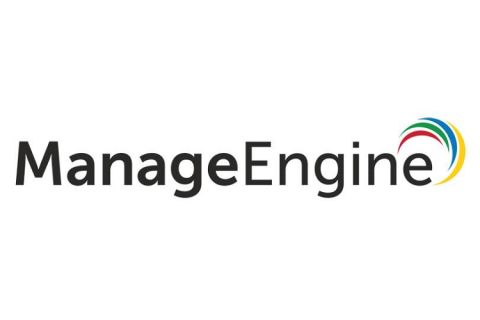Security | Threat Detection | Cyberattacks | DevSecOps | Compliance
Logging
The First Critical Step to Building the Modern SOC
The new Devo eBook, Building the Modern SOC, presents four evolutionary steps for creating a highly automated and efficient security operations center (SOC) that empowers analysts. This is the first in a series of blog posts that will introduce the four steps and highlight some of the most important concepts.
The First Critical Step to Building the Modern SOC
The new Devo eBook, Building the Modern SOC, presents four evolutionary steps for creating a highly automated and efficient security operations center (SOC) that empowers analysts. This is the first in a series of blog posts that will introduce the four steps and highlight some of the most important concepts.
Beyond Certification: Rethinking Training for Security Analysts
When we talk about training security analysts, you probably immediately think about earning certifications such as CFCE or OSCP. This year’s Devo SOC Performance ReportTM found that among survey respondents who don’t consider their SOC to be a high performer, only 31% of those organizations have a defined program for training analysts. While practical skills are vital in the SOC, they’re not the end-all, be-all of reaching the next career level.
CybersecAsia Awards 2020 recognizes ManageEngine for its leadership in cybersecurity
ManageEngine’s Log360 was recently honored with the CybersecAsia Award for the Best User and Entity Behavior Analytics software application. The award certifies the important role, and the innovative technology brought to the table by Log360 over the past two years. Elevated cybersecurity risks currently experienced by organizations have driven the sudden adoption of the cloud and increased workforce mobility.
Devo Leadership Recognized-What It Means for Customers
The Forrester Wave report for AIOps came out today, and Devo is a Leader! This is great news for Devo, but it’s really great news for our customers. Read more about it in our news release. AIOps is a broad category, so let’s unpack just what this recognition means. Forrester evaluated the Devo Data Analytics Platform against many competitive offerings in several key areas, including: That’s a broad collection of technical capabilities.
SIEM Tutorial: What should a good SIEM Provider do for you?
Modern day Security Information and Event Management (SIEM) tooling enterprise security technology combine systems together for a comprehensive view of IT security. This can be tricky, so we’ve put together a simple SIEM tutorial to help you understand what a great SIEM provider will do for you. A SIEM’s responsibility is to collect, store, analyze, investigate and report on log and other data for incident response, forensics and regulatory compliance purposes.
Triaging Log Management Through SIEMS
While all cybersecurity professionals agree that log management is integral for robust proactive and reactive security, managing the enormous amount of data logs can be a challenge. While you might be tempted to collect all logs generated from your systems, software, network devices, and users, this “fear of missing out” on an important notification ultimately leads to so much noise that your security analysts and threat hunters cannot find the most important information.
Writing Effective Snort Rules with Examples [Best Practices]
This post will help you write effective Snort Rules to materially improve your security posture. We’ll begin with a breakdown of how a Rule is constructed and then explore best practices with examples in order to capture as many malicious activities as possible while using as few rules as possible. Snort is an open-source network intrusion detection system (NIDS) that provides real-time packet analysis and is part of the Coralogix STA solution.








